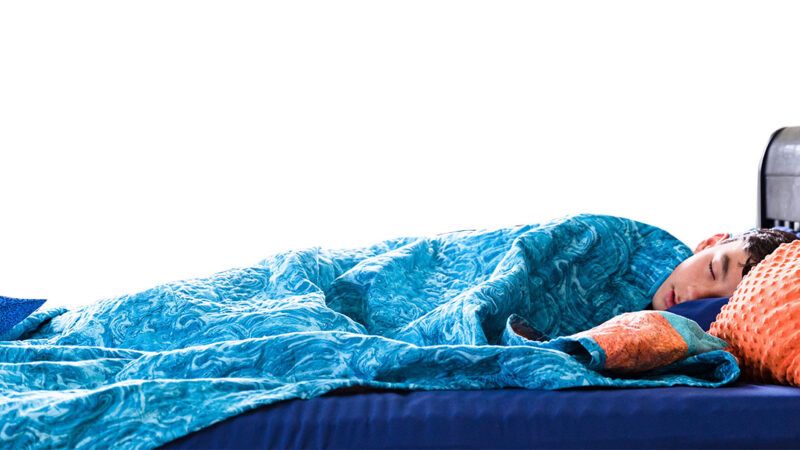Closing Schools To Protect Kids Made Them Sick
Children forced to Zoom into school ended up with suboptimal immune systems—the opposite of herd immunity.

Not long ago, parents spent time and energy worrying about contagious diseases other than COVID-19: respiratory syncytial virus (RSV); hand, foot, and mouth disease; strep throat; and even the boring old flu. But the default standards for "safety" haphazardly narrowed and heightened as COVID-19 burst onto the scene. Lockdowns, school closures, and other restrictions substantially limited people's access to each other.
There was one apparent silver lining to all this disruption: Flu circulation in the winter of 2020–21 stayed at an all-time low, according to the Centers for Disease Control and Prevention (CDC). The 2020–21 RSV season failed to materialize as well. Pandemic-weary parents grasping at straws noticed their bored, undersocialized kids at least had no colds. Maybe lower childhood contagious disease rates could become a legacy of this pandemic?
Alas, that hope was short-lived. By May and June 2021, pediatricians noticed an unprecedented, counterseasonal surge in communicable illnesses, particularly RSV. Hand, foot, and mouth disease came right along with it, tearing through schools and day care centers all summer with unmistakable boils. Strep throat got in on the action too. Instead of dodging diseases, this catch-up wave suggested, children had largely just deferred them.
Some alleged COVID-19 mitigation measures, such as more frequent sanitizing of preschool surfaces, would have actually done more to prevent RSV (which does commonly transmit itself via contact with contaminated surfaces) than to prevent COVID-19 (which does not). Yet kids were slammed by RSV anyway. Isolation turned them into dry immunological kindling.
The catch-up wave came knocking on my own door. First, my son fell ill with some demon strain of hand, foot, and mouth disease on the evening of his -second birthday. It took more than a week for the hundreds of bubbly, fluid-filled -blisters coating his miserable body to dry up, and he spent most of that time crying and refusing to eat. The disease is not known to be fatal, thankfully, but it's no picnic either.
Shortly after that, my son and younger daughter both began coughing up their little lungs. In between turning on cartoons for them, I checked the preschool parent-teacher communication app. Other parents sent happy messages full of celebratory emoji when testing revealed their kids "only" had RSV. That hardly seemed worth celebrating, since RSV is many times more dangerous to children than COVID-19. We just waited it out: They likely caught RSV at school, but even if it had been COVID-19, there wouldn't have been much to do about it.
Before the pandemic, almost no one knew if or when their kids had RSV. It was just part of the long train of ambiguous, unavoidable colds we treated at home with little more than chicken soup. As Tim Porter, a pediatrician and founder of Modern Pediatrics in Austin, explained to me, RSV testing might help inform choices for the small percentage of children who end up hospitalized, but it's of no real benefit otherwise. For that reason, his practice still doesn't offer RSV testing.
Although increased testing may be both a symptom and a cause of parental anxiety, the catch-up wave is not an illusion created by more testing. According to CDC monitoring, cases of children hospitalized were way up this summer—not just above the anomalous 2020 baseline, but above ordinary summers in recent history. The elevated level was more like an ordinary winter's.
Despite recent questions about COVID-19 immunity levels, the basic facts of human immunity haven't changed. Immunologists and pediatricians should have foreseen that, unless we were going to lock children down forever, these surges in childhood illness were basically inevitable. Yet the people in power seemed to ignore or downplay the potential costs of their edicts and guidelines.
As it turns out, isolation does not put your immune system on pause; sometimes immunity follows a "use it or lose it" rule. While they were Zooming in to school, children with existing partial immunity to endemic contagious diseases missed many opportunities to be exposed again, which would have refreshed their immune systems. We ended up with the opposite of herd immunity: a bunch of kids with suboptimal immune systems.
It is one thing for leaders to make tough, transparent decisions that trade one person's good for another's. It is quite another thing for leaders to shut schools "to protect children's health" when it does nothing of the sort.




Show Comments (72)